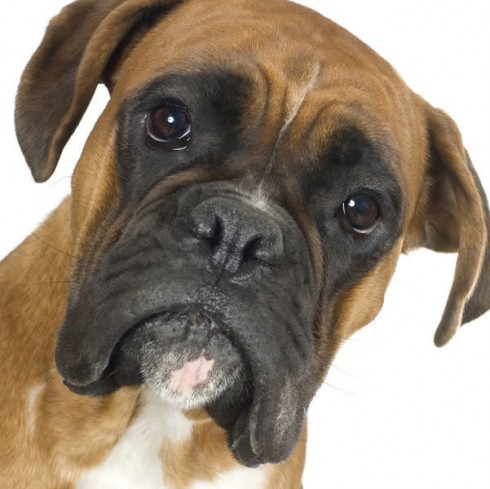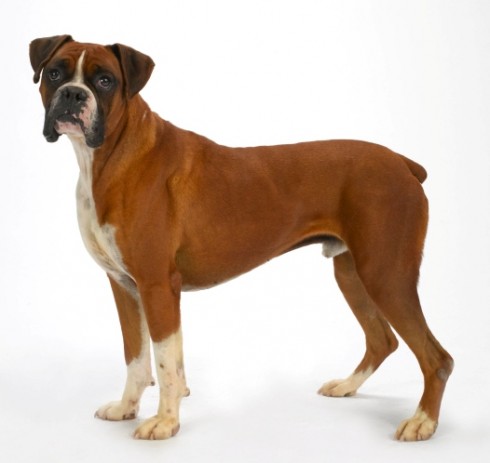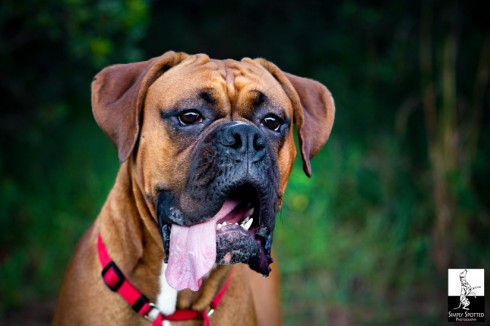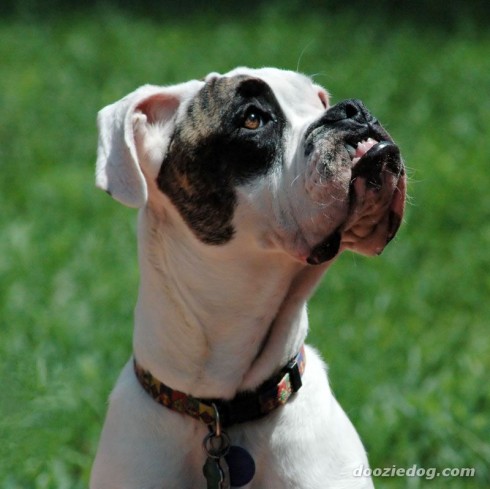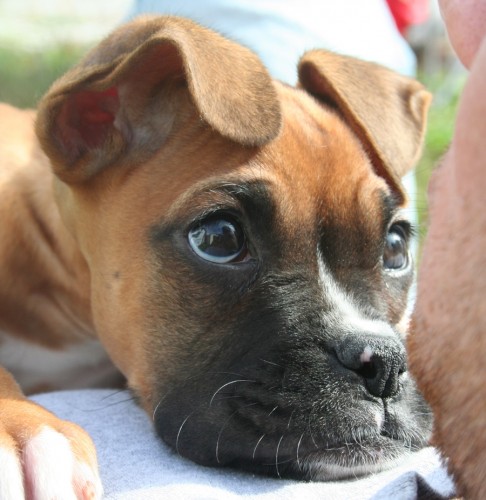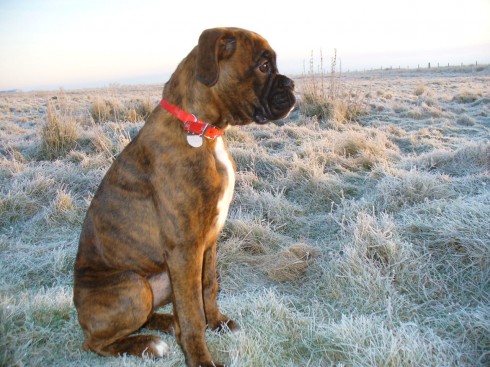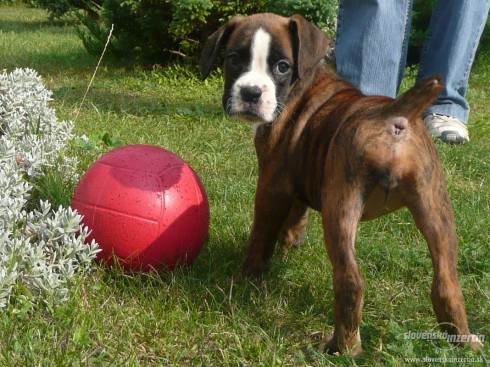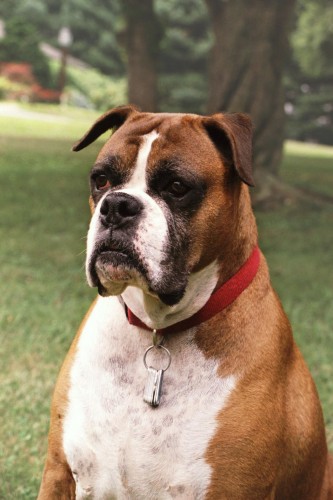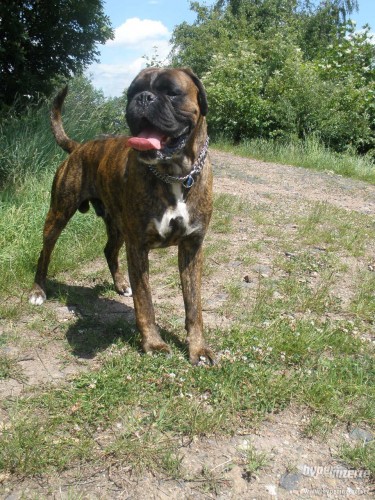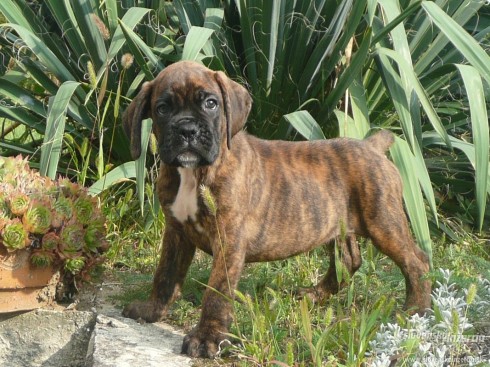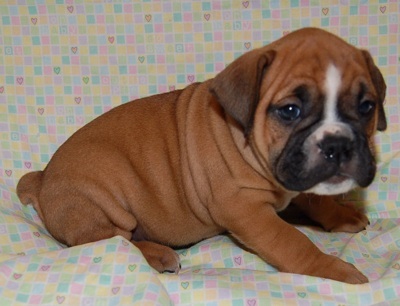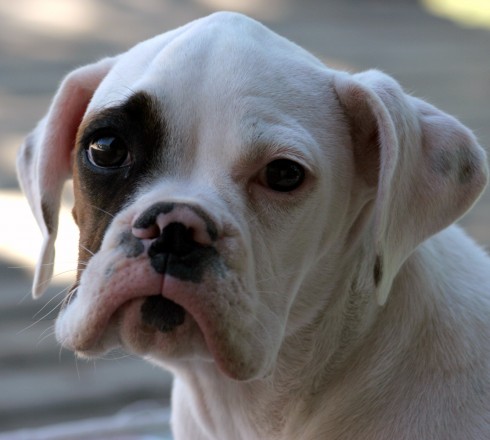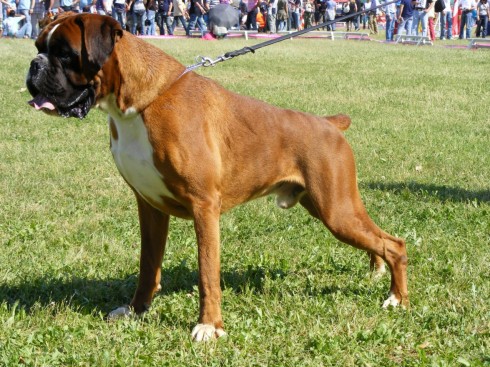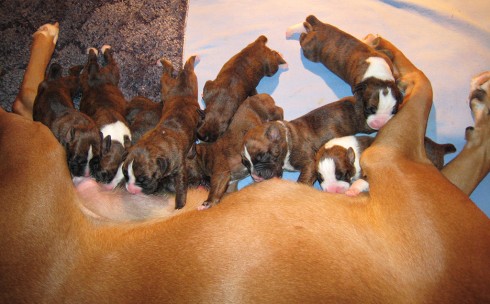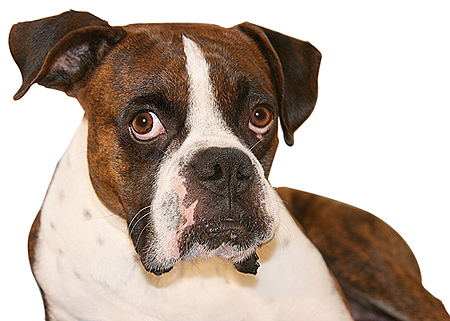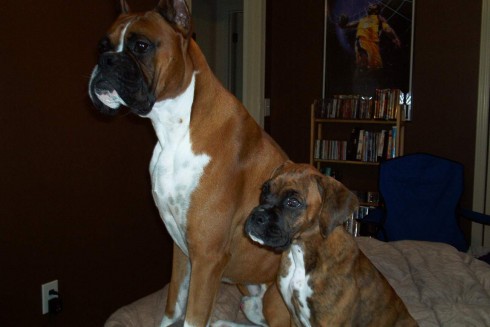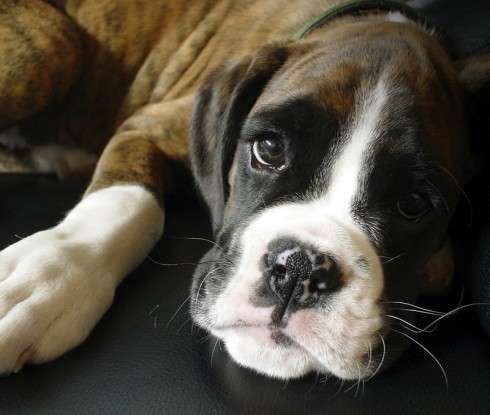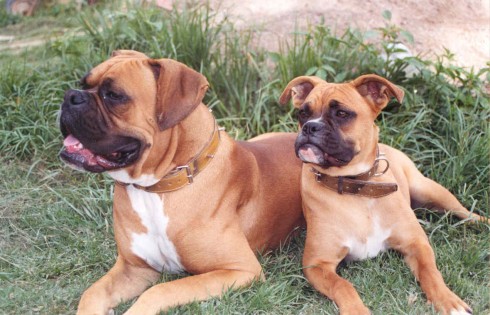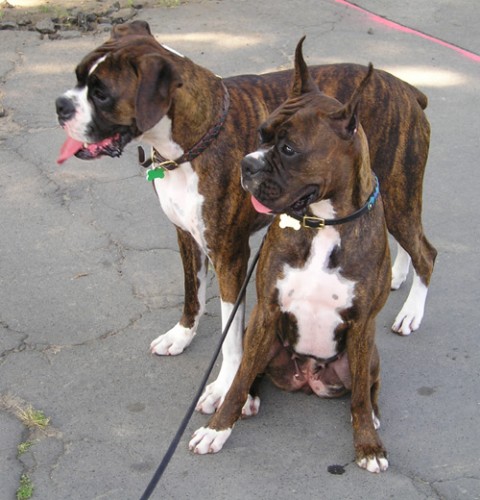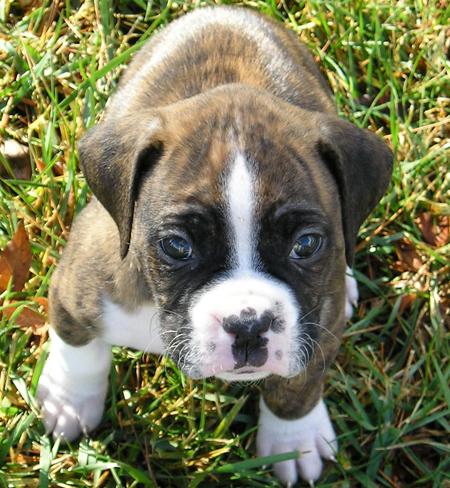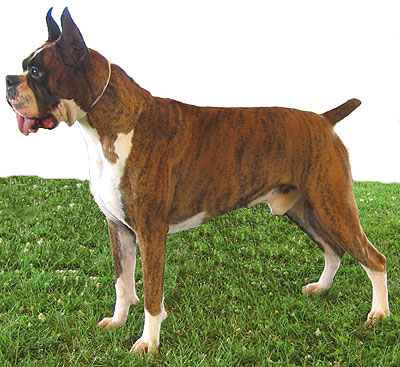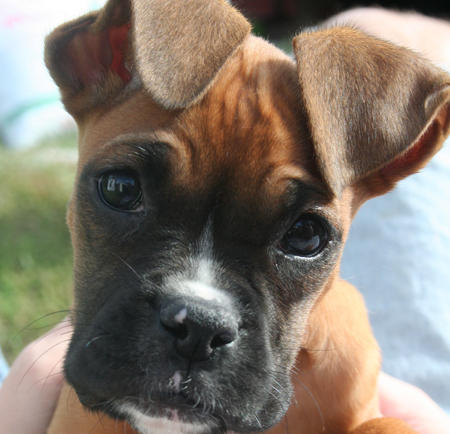Main Index
In Store
Our Web Store
Miniature Schnauzer Picture Gallery
Latest Dog Blogs
- What Are The Basic Commands To Train A Dog?
- PaySafe As The Most Popular Type Of Deposit
- Everything You Need To Know About Pet Sales
- Dogs Contribute To Our Physical And Mental Well Being
- How To Choose Where To Bet On Greyhounds In 2022
- Volunteer With Animals - How To Help Dogs Around The World
- Basic Understanding Of The House Edge
- Why You Should Get A Dog
- Top 20 Popular Dog Names Around The World
- Constipation in Dogs and How to Find Solutions
Boxer
The Boxer is a playful and fun-loving dog, who is also capable of communicating his feelings with his face. His twinkling black eyes show his intelligence and emotions. His face wrinkles up into expressions of curiosity, excitement, happiness, surprise, or sadness. Boxers particularly love children. They are playful and patient, but are also strong and defensive, so early obedience training is important.
Did you know?
The Boxer is a working dog developed in Germany from several other breeds, including the Bulldog and Great Dane.
It is called a Boxer because it strikes out with its front paws when it fights.
So you want to own a Boxer?
The Boxer is an alert, self-assured, and fearless dog.
The Boxer is a playful and fun-loving dog who is often called the "Peter Pan" of the dog world as they seem to maintain that youthful exuberance.
The Boxer's coat is short and only requires a quick weekly brushing.
Indicative Breed Standard
General Appearance
Great nobility, smooth-coated, medium-sized, square build, strong bone and evident, well developed muscles.
Characteristics
Lively, strong, loyal to owner and family, but distrustful of strangers. Obedient, friendly at play, but with guarding instinct.
Temperament
Equable, biddable, fearless, self-assured.
Head and Skull
Head imparts its unique individual stamp and is in proportion to body, appearing neither light nor too heavy. Skull lean without exaggerated cheek muscles. Muzzle broad, deep and powerful, never narrow, pointed, short or shallow. Balance of skull and muzzle essential, with muzzle never appearing small, viewed from any angle. Skull cleanly covered, showing no wrinkle, except when alerted. Creases present from root of nose running down sides of muzzle. Dark mask confined to muzzle, distinctly contrasting with colour of head, even when white is present. Lower jaw undershot, curving slightly upward. Upper jaw broad where attached to skull, tapering very slightly to front. Muzzle shape completed by upper lips, thick and well padded, supported by well separated canine teeth of lower jaw. Lower edge of upper lip rests on edge of lower lip, so that chin is clearly perceptible when viewed from front or side. Lower jaw never to obscure front of upper lip, neither should teeth nor tongue be visible when mouth closed. Top of skull slightly arched, not rounded, nor too flat and broad. Occiput not too pronounced. Distinct stop, bridge of nose never forced back into forehead, nor should it be downfaced. Length of muzzle measured from tip of nose to inside corner of eye is one-third length of head measured from tip of nose to occiput. Nose broad, black, slightly turned up, wide nostrils with well defined line between. Tip of nose set slightly higher than root of muzzle. Cheeks powerfully developed, never bulging.
Eyes
Dark brown, forward looking, not too small, protruding or deeply set. Showing lively, intelligent expression. Dark rims with good pigmentation showing no haw.
Ears
Moderate size, thin, set wide apart on highest part of skull lying flat and close to cheek in repose, but falling forward with definite crease when alert.
Mouth
Undershot jaw, canines set wide apart with incisors (six) in straight line in lower jaw. In upper jaw set in line curving slightly forward. Bite powerful and sound, with teeth set in normal arrangement.
Neck
Round, of ample length, strong, muscular, clean cut, no dewlap. Distinctly marked nape and elegant arch down to withers.
Forequarters
Shoulders long and sloping, close lying, not excessively covered with muscle. Upper arm long, making right angle to shoulderblade. Forelegs seen from front, straight, parallel, with strong bone. Elbows not too close or standing too far from chest wall. Forearms perpendicular, long and firmly muscled. Pasterns short, clearly defined, but not distended, slightly slanted.
Body
In profile square, length from forechest to rear of upper thigh equal to height at withers. Chest deep, reaching to elbows. Depth of chest half height at withers. Ribs well arched, not barrel-shaped, extending well to rear. Withers clearly defined. Back short, straight, slightly sloping, broad and strongly muscled. Loin short, well tucked up and taut. Lower abdominal line blends into curve to rear.
Hindquarters
Very strong with muscles hard and standing out noticeably under skin. Thighs broad and curved. Broad croup slightly sloped, with flat, broad arch. Pelvis long and broad. Upper and lower thigh long. Good hind angulation; when standing, the stifle is directly under the hip protuberance. Seen from side, leg from hock joint to foot not quite vertical. Seen from behind, legs straight, hock joints clean, with powerful rear pads.
Feet
Front feet small and cat-like, with well arched toes, and hard pads; hind feet slightly longer.
Tail
Customarily docked.
Docked: Set on high and carried upward.
Undocked: Set on high and carried gaily, not curled over back. Of moderate thickness. In overall balance to the rest of dog.
Gait/Movement
Strong, powerful with noble bearing, reaching well forward, and with driving action of hindquarters. In profile, stride free and ground covering.
Coat
Short, glossy, smooth and tight to body.
Colour
Fawn or brindle. White markings acceptable not exceeding one-third of ground colour.
Fawn: Various shades from dark deer red to light fawn.
About Our Article Directory
- Article
- 27 November 2010
- 2 comments
Bloat And Dog Food - Is There A Connection?
- Breed Article
- 26 November 2010
- No comments
Canis lupus familiaris
- Breed Article
- 29 May 2010
- No comments
How to Keep Your Boxer - or any Dog - Healthy
- Article
- 15 February 2010
- No comments
Quick Search
Donate
Latest Dog Pods
- Tips on How to Stop Your Dog from Biting
- Beware - Not All Advertised Dog Rescues Really Are! How Can You Know The Truth?
- Helpful Tips For Dog Obedience Problems
- How to Keep Dogs From Eating Poop
- Dog Grooming Tips - A General Overview of the Very Basics of Dog Grooming
- Recognising Different Types of Dog Obedience Problems
- 5 Important Tips On Feeding A Puppy


